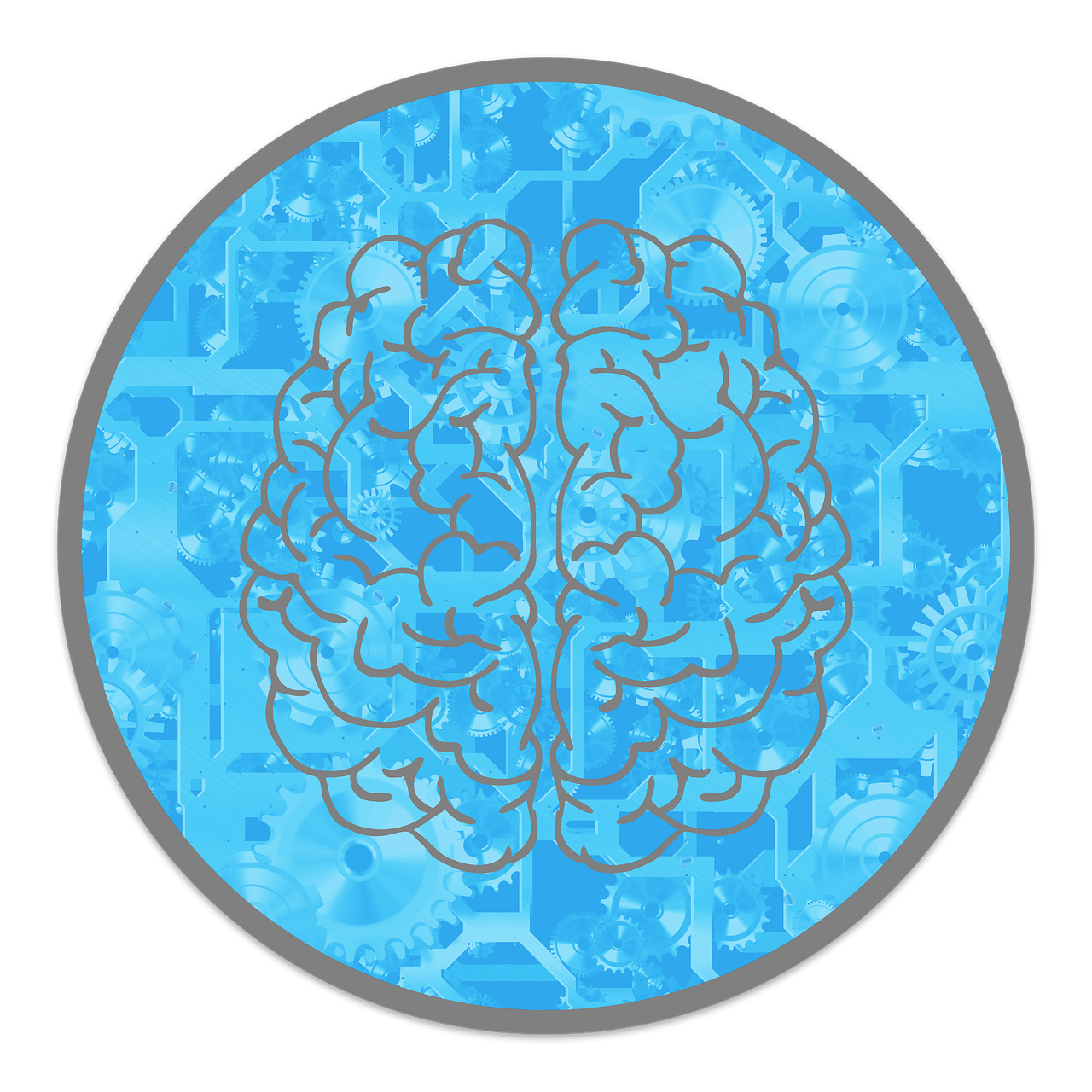
Thinking about therapy but confused by all the jargon?
Let’s break down two big players: Cognitive Behavioral Therapy (CBT) and good old behavioral therapy.
They’re like cousins—similar vibes but with some key differences that can totally change how you feel and heal.
If you or someone you care about is therapy-curious, knowing what sets these apart will help you pick the best fit—kind of like choosing between Marvel and DC (but for your brain).
This guide dives into what makes each tick and which might work best for your mental health needs.
Understanding Cognitive Behavioral Therapy (CBT)
CBT is basically the Beyoncé of therapy—structured, powerful, and always showing up with results.
It’s a goal-focused type of talk therapy that helps you manage anxiety, depression, stress, and even life stuff like grief.
It’s not just “talk about your feelings” therapy—it’s more like “let’s make a game plan and tackle this together” therapy.
Core principles of CBT
CBT works on one super simple but life-changing concept: your thoughts, feelings, and behaviors are all connected.
Messy thoughts can lead to messy feelings, which can lead to… yep, messy actions.
CBT helps you clean up that mental group chat so you can feel more in control.
Key CBT techniques
- Cognitive restructuring: This is the brain version of Marie Kondo-ing your thoughts. CBT helps you fact-check it, challenge it, and swap it for something less toxic.
- Behavioral activation: It gets you moving, engaging in activities you enjoy (even when your brain says “nah”), because action leads to better mood.
- Exposure therapy: Scared of flying, public speaking, or that weird clown from childhood? CBT helps you slowly face your fears in baby steps.
- Homework assignments: Think journaling, thought-tracking, or trying new behaviors. It’s all about practicing your mental glow-up between sessions.

Understanding Traditional Behavioral Therapy
Think of traditional behavioral therapy like the personal trainer of mental health.
It doesn’t dig too deep into why you feel the way you do—it’s more like, “Cool story, now let’s fix the behavior.”
If CBT is the brain’s therapist, behavioral therapy is the habits coach.
This approach comes from behaviorism, the OG psychology school that believed all behavior is learned—so if you can learn it, you can unlearn it too (yes, even that weird reaction you have to public speaking or the compulsion to stress-clean your kitchen at 2 a.m.).
Core principles of behavioral therapy
Behavioral therapy says, “Let’s focus on what you do—not what you think or feel.”
It’s about training your brain like it’s a golden retriever: use reinforcement (treats), practice (walks), and consistency (aka no skipping training days).
Key Behavioral Therapy Techniques
- Classical conditioning: This technique pairs things together—like playing relaxing music while facing a fear—to help retrain your reactions.
- Operant conditioning: Do something good? You get a reward. Do something unhelpful? You don’t. It’s like real-life Sims—your behavior gets shaped by feedback.
- Systematic desensitization:Scared of spiders or elevators? This method slowly helps you face those fears with chill vibes (and breathing exercises).
- Social skills training: Behavioral therapy can teach you and practice stuff like eye contact, conversation openers, and not spiraling into awkward silences.
Effectiveness and Research Evidence
Let’s get to the receipts—because therapy isn’t just good vibes and comfy couches.
Both CBT and behavioral therapy have strong research backing them up, like five-star Yelp reviews but from actual science.
CBT research outcomes
CBT has serious street cred.
Study after study (we’re talking full-blown meta-analyses and randomized controlled trials) says CBT is basically the Beyoncé of therapy—consistently delivering hits across the mental health charts.
Whether it’s anxiety, depression, ADHD, bulimia, or just needing help dealing with life stuff, CBT shows up and does the job.
It’s so effective, in fact, that it’s now considered a top-tier, evidence-based treatment around the globe.
Behavioral therapy research outcomes
Don’t sleep on traditional behavioral therapy, though.
It may not always get the spotlight, but when it comes to changing specific behaviors—like emotional outbursts, habit struggles, or learning life skills—it totally pulls its weight.
One big study found that around 67% of people who go to therapy notice a real difference.
That’s not placebo, that’s progress.
Behavioral therapy especially shines when someone needs structure, skill-building, or help unlearning habits that no longer serve them.
Comparing Treatment Approaches: Key Differences
| Aspect | Cognitive Behavioral Therapy (CBT) |
Behavioral Therapy
|
| Scope of Treatment | Targets thoughts, emotions, and behaviors for a well-rounded approach. |
Focuses mainly on observable behaviors and how to modify them.
|
| Best For | Complex mental health conditions with mixed symptoms (e.g., anxiety + depression). |
Specific behavior-based challenges (e.g., phobias, habits).
|
| Treatment Duration | Usually 12–20 sessions, depending on the condition and individual. |
Varies widely—can be short or extended, based on behavior and method.
|
| Client Involvement | Very interactive: clients do homework, track thoughts, challenge beliefs. |
More action-focused: emphasizes behavior tracking and repetition.
|
| Client Role | Becomes a “mini-therapist” over time, learning to manage their own mind. |
Acts more as a participant in behavior change, less focus on thought patterns.
|

Which Conditions Respond Better to Each Approach?
Alright, let’s break it down like a BuzzFeed quiz: “Which therapy style matches your mental health mood?”
Conditions that respond well to CBT
CBT is your go-to when your brain feels like it’s got 47 tabs open and 46 are playing the same anxiety song on repeat.
It’s especially great for:
- Depression: CBT helps rewire that inner voice that keeps saying “I suck,” into something a little more realistic—like “I had a rough day, not a rough life.”
- Anxiety disorders: It tackles the spirals and the side effects (sweaty palms, avoidance, racing thoughts).
- Post-Traumatic Stress Disorder (PTSD): Helps you process the past and gives you Jedi-level coping skills.
- Eating disorders: CBT handles both the distorted thinking and the weird relationship with food.
- Obsessive-Compulsive Disorder (OCD): Exposure + response prevention = facing the fear and NOT doing the compulsion. It’s like defying your own brain’s pop-up ads.
Conditions that respond well to behavioral therapy
Behavioral therapy isn’t here to chat about your childhood—it’s about doing, not just thinking.
If you need to learn new habits or unlearn old ones, this one’s for you. Top hits include:
- Specific phobias: Afraid of clowns, flying, or talking on the phone? This therapy says, “Let’s face it, literally.”
- Substance use disorders: Focuses on replacing self-sabotaging habits with ones that don’t wreck your life. Think of it as rehab meets life hack.
- Attention Deficit Hyperactivity Disorder (ADHD): Helps turn “Where did I put my phone?” into “I now have a phone tray.” Small wins, big results.
- Autism Spectrum Disorders: specially effective for building social skills and routines (shoutout to ABA!).
- Chronic pain management: Teaches your brain to stop interpreting every twinge as a crisis. Bonus: less drama from your back.
Factors to Consider When Choosing
Picking the right therapy isn’t like choosing between Coke or Pepsi—it’s more like deciding whether you need a mindset makeover (CBT) or a behavior bootcamp (Behavioral Therapy).
Here’s how to figure out what fits you best:
Personal preferences
Are you the type who likes to deep dive into your thoughts like you’re starring in your own Inception reboot? Then CBT might be your jam—it’s all about unpacking that mental clutter.
Or maybe you’re more of a “just tell me what to do” kind of person—like, give me the game plan and I’ll follow it.
If that’s you, the straightforward vibe of behavioral therapy might hit better.
Symptom severity and complexity
Dealing with a mental health buffet? Depression, anxiety, stress, existential dread?
CBT brings the full toolkit for when there’s a lot going on upstairs.
But if it’s more like one specific thing—like a phobia, habit, or focus issue—behavioral therapy is like laser focus: practical, efficient, no fluff.
Treatment goals
If your goal is to change how you think, go for CBT.
If your goal is to change what you do, behavioral therapy is your friend.
Want both? Many therapists blend the two like a Netflix original crossover episode.
Previous treatment experience
Already tried CBT and it didn’t quite land?
Maybe behavioral therapy will be your “aha!” moment (and vice versa).
Mental health isn’t one-size-fits-all, and sometimes you just need to try a different lens.

Integration and Modern Approaches
Let’s be real—therapy in 2025 isn’t a strict “Team CBT” vs. “Team Behavioral Therapy” showdown.
Most modern therapists are remixing techniques like a DJ at a mental wellness festival.
They’ll pull from both camps to build a treatment plan that actually fits you—your brain, your life, your vibe.
And then there’s the next-gen stuff.
Third-wave therapies like ACT (Acceptance and Commitment Therapy) and DBT (Dialectical Behavior Therapy) take the classics and spice them up with mindfulness, self-compassion, and a little emotional kung fu.
It’s like if Mr. Miyagi, Brené Brown, and Yoda co-wrote a therapy manual.
Making the Right Choice for You
Spoiler alert: There’s no “best” therapy—just the one that clicks with you.
Think of it like picking between Marvel and DC. (Both have strengths, but only one might make you feel truly seen.)
Here’s your cheat sheet for choosing:
- Consult with a mental health professional: They’ll help you figure out whether your situation needs thought-work (CBT), action-steps (behavioral), or a smart combo of both.
- Consider your learning style: Reflect on whether you prefer comprehensive, insight-oriented approaches or practical, action-focused methods.
- Evaluate your treatment goals: If you’re wrestling with harsh self-talk, CBT is the go-to. If you’re trying to quit a habit, fight a fear, or build life skills, behavioral therapy might be your MVP.
- Be open to flexibility: Therapists often mix and match tools like therapists-meets-life coaches-meets strategy nerds. So even if you start with one approach, don’t be surprised if your therapist sprinkles in mindfulness, journaling, or even some behavioral Jedi tricks along the way.
Final Takeaway: It’s Not CBT vs. Behavioral Therapy—It’s What Works for You
CBT and behavioral therapy both bring solid tools to the mental health table.
CBT helps you sort out messy thoughts, emotions, and habits (kind of like Marie Kondo for your brain), while behavioral therapy focuses on changing actions right away—no deep dive into your childhood required.
The trick? Don’t stress about which one is “better.”
It’s all about what fits your goals, your vibe, and your real-life needs.
A good therapist will help you find the right mix—like a custom Spotify playlist for your mental wellness.
At the end of the day, therapy is teamwork.
Whether you’re talking through thought spirals or rewiring old habits, the magic happens when the approach clicks for you.



